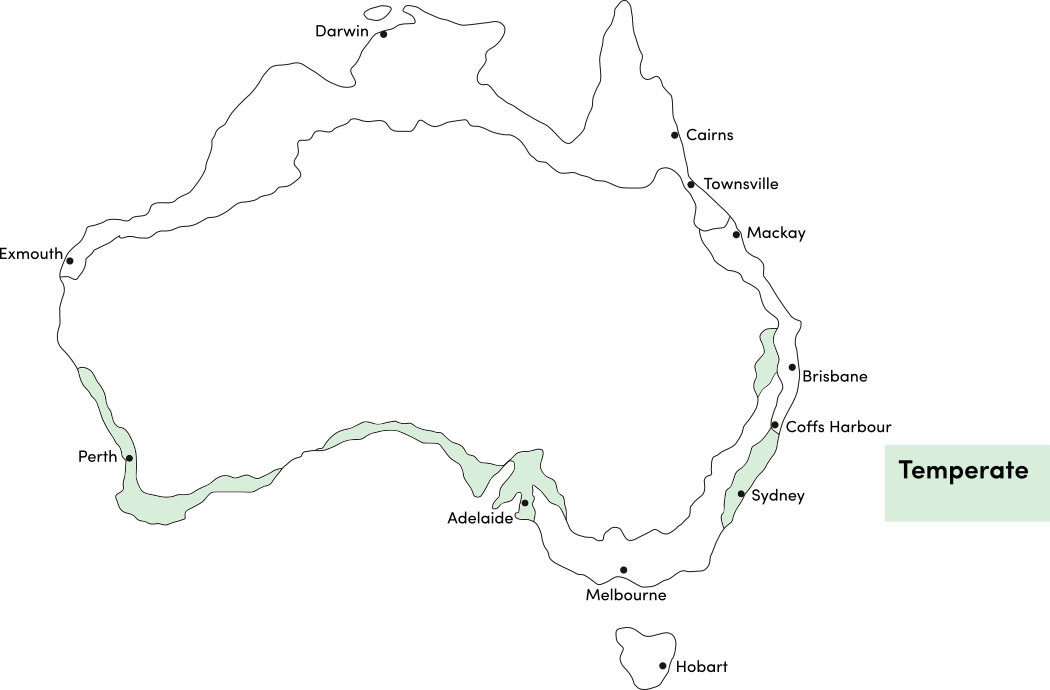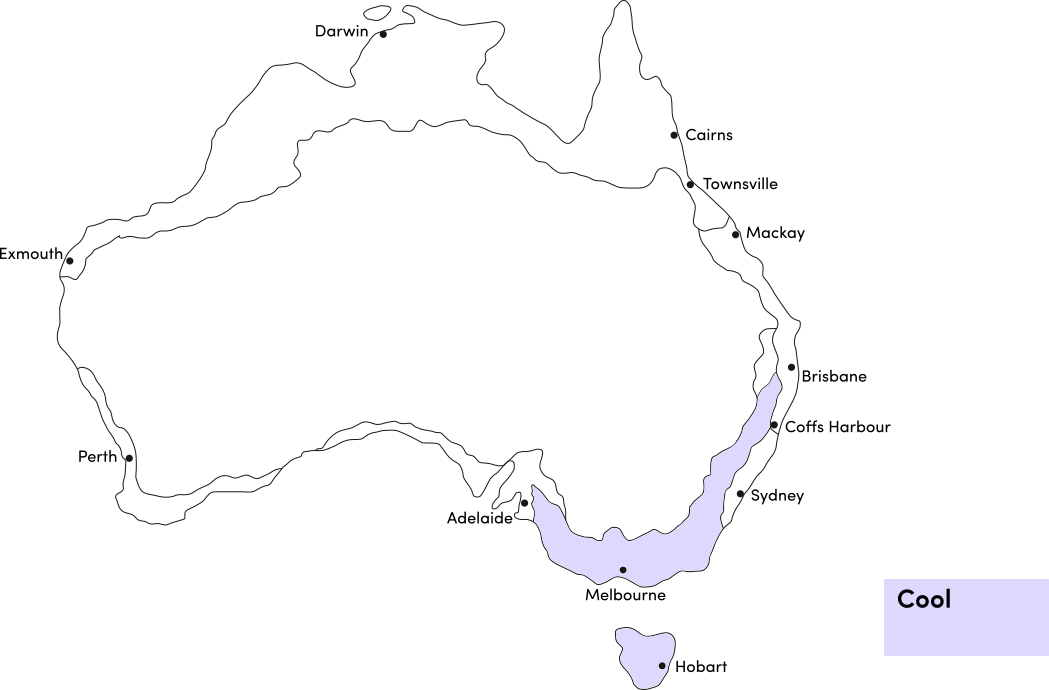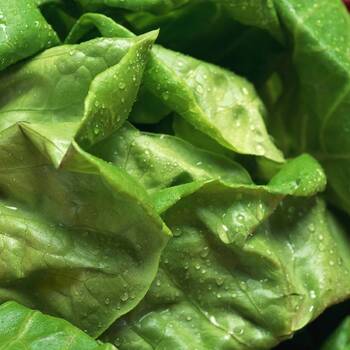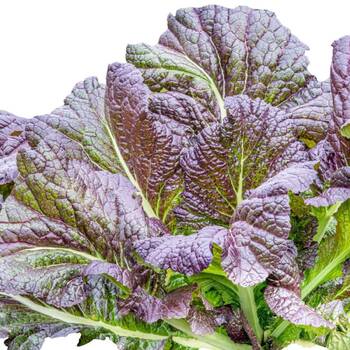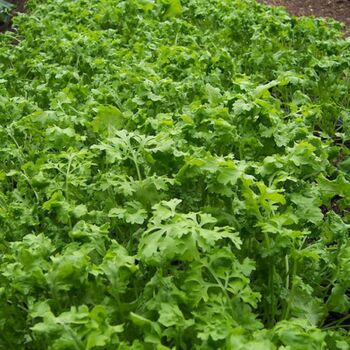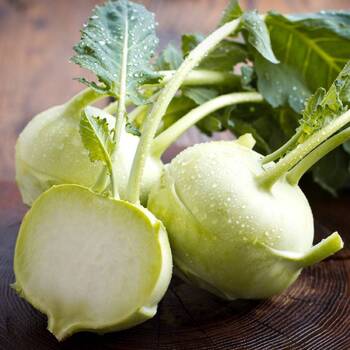- NOT TO WA
Description
'Mizuna' seeds
Brassica juncea var. japonica
- Salad green/leaf vegetable
- Mild but spicy flavour
- Japanese mustard
Serrated green leaves have a mild but spicy flavour. Can be used fresh as a salad green or cooked as a leaf vegetable. Good in stir-fries and soups. Will tolerate wet and cold conditions. Sometimes called "Japanese mustard".
Good for microgreens and baby leaf production.
Seeds per gram: 450
Product code: B1-18_P
Best Months to Sow
| J | F | M | A | M | J | J | A | S | O | N | D | |
| Cool | ||||||||||||
| Temperate | ||||||||||||
| Sub-Tropical | ||||||||||||
| Tropical | ||||||||||||
| Arid |
Quick Sowing Guide
| Method | Sow direct or raise seedlings |
|---|---|
| Sowing Depth | 6mm |
| Season | Autumn, winter and spring |
| Germination | 5-10 days @ 7-25°C |
| Hardiness / Life Cycle | Hardy Annual |
| Row Spacing | 30cm |
| Plant Spacing | 30cm |
| Position | Part or full sun, moist soil |
| Days Until Maturity | 40-60 days |
How To Grow
Shipping
We deliver Australia wide.
All orders are dispatched from our warehouse in Knoxfield, Victoria, Australia.
We do not deliver overseas.
Shipping cost is calculated using all the items in your shopping cart and your delivery postcode. The table below outlines the delivery options and costs.
Order dispatch time is currently 3 business days plus delivery time.
Please note we are unable to guarantee specific delivery dates or delivery timeframes, all delivery times are estimates only.
| Order contains: | Delivery options: | Delivery cost per order | |
|---|---|---|---|
| VIC, NSW, ACT, QLD, TAS, SA, NT | WA | ||
| Small seed packets ONLY - | Economy Delivery | $3.00 or FREE on orders over $25 | $5 |
| Parcel Delivery | Capped rate of $8.99 | ||
| Express Delivery | $15.00 | ||
|
BULK seed, garden supplies, tools, or accessories - |
Parcel Delivery |
Capped rate of $8.99 |
|
|
Express Delivery |
Starting from $15.00 (Calculated by weight) |
||
| Live Plants - | Live plants | Capped rate of $10.00 | |
*All orders sent to Western Australia are subject to mandatory inspection and fees by Quarantine WA. These fees are included in all shipping costs above.
**We will replace all orders that are lost or damaged in transit however we will not replace or refund orders simply because they were delivered later than estimated. Full details here.
Ratings & Reviews
Mizuna
One of the easiest vegetable to grow. Quick and prolific. Always hard to keep up with, grows too fast to eat it all usually.
Beautiful
Good germination rate and beautiful leaves. Somehow some wild animals like them too...
Excellent
We had great success with these seeds. The younger leaves were great in salads, while the more mature worked great in stir frys and lactofermented (mizuna kimchi!). Definitely a keeper in our vege patch!
Excellent
Great for adding to a leaf salad. Grows very well here on the Sunshine Coast Qld.
Excellent
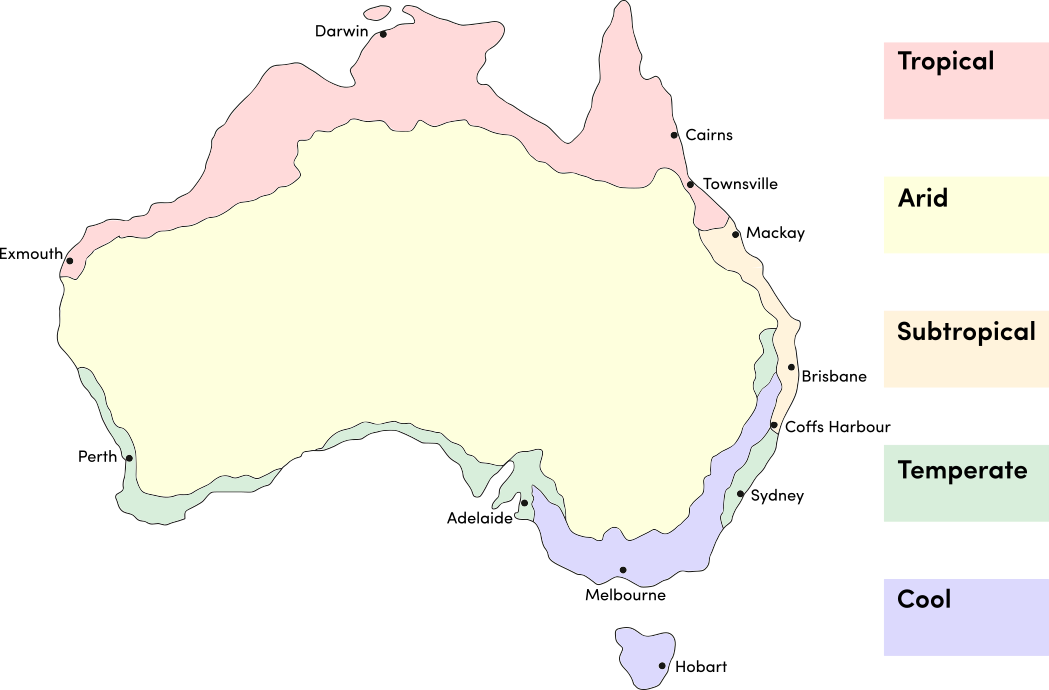



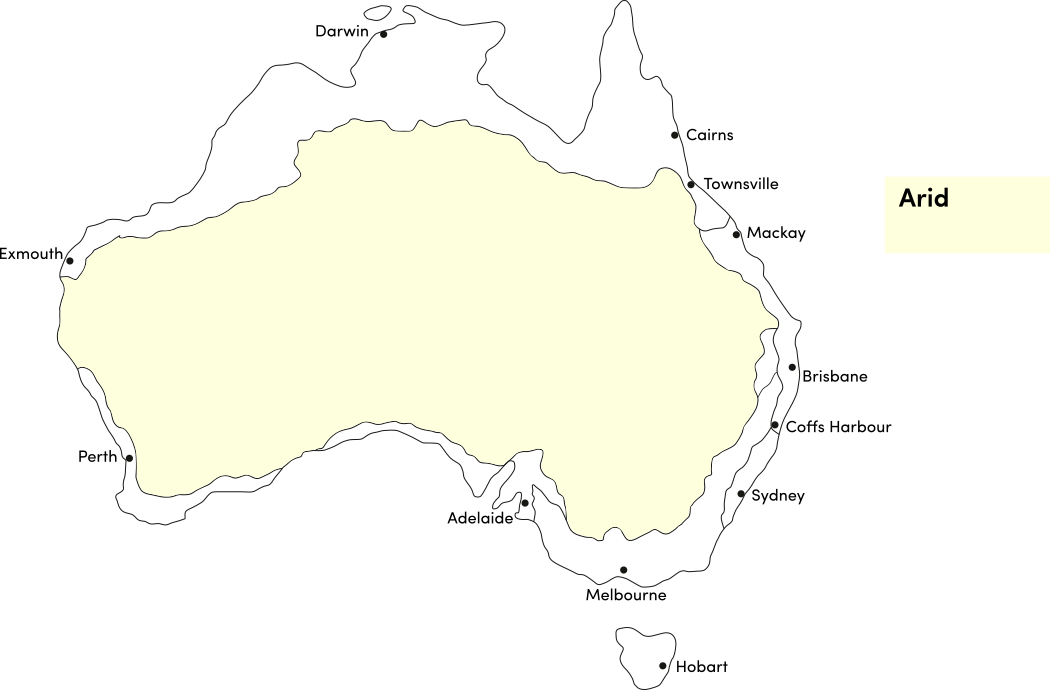
.png)

